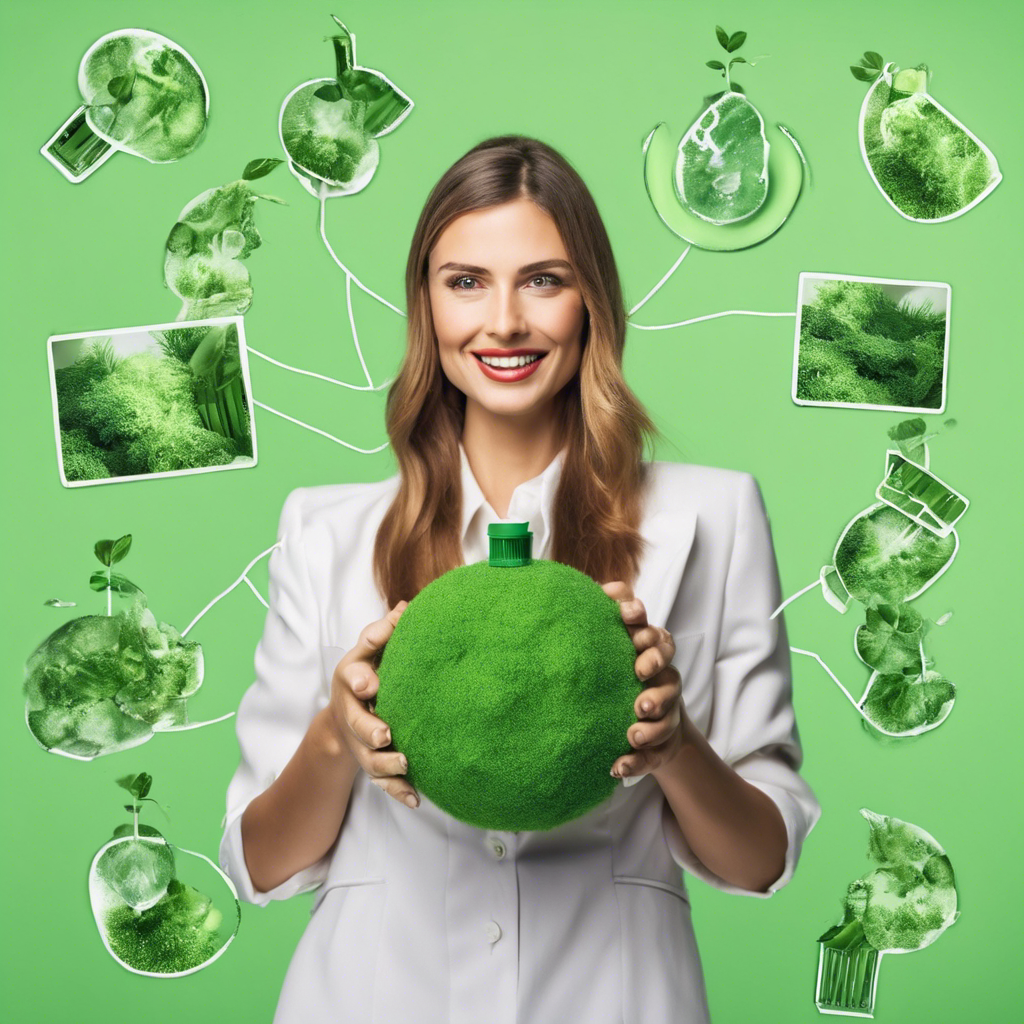The Greenwashing Game: How Influencers Profit from Sustainability

Influencers are cashing in on sustainability while promoting fast fashion brands
In an era where environmental consciousness is on the rise, brands are increasingly turning to influencers to promote their eco-friendly initiatives. However, a closer look reveals that many of these influencers are engaging in greenwashing, using sustainability as a marketing ploy while profiting from fast fashion brands. This article explores the phenomenon of influencers and greenwashing, shedding light on the deceptive tactics employed and the implications for the sustainability movement.
The Rise of Influencer Greenwashing
Brands have found a convenient solution to greenwashing by enlisting influencers to promote their halfhearted eco initiatives. From Boohoo appointing Kourtney Kardashian as its “sustainability ambassador” to Shein’s notorious influencer trip to its “innovation center” in China, influencers have become the face of PR campaigns aimed at mitigating public backlash. This tactic not only garners attention for brands but also creates a buffer between them and the negative consequences of greenwashing.
The Performative Bait-and-Switch
Influencers who engage in greenwashing often associate themselves with environmental language while maintaining their audience and profiting from fast fashion products. Some influencers, like Reese Blutstein, have built a reputation for promoting a sustainable wardrobe while collaborating with fast fashion giants such as Zara. Others, like Anna Newton and Monikh Dale, advocate for greener shopping practices but regularly advertise fast fashion brands and earn commissions through affiliate links. This performative bait-and-switch is prevalent across social media platforms, reaching millions of followers.
Influencer-Owned Fast Fashion Brands
Some influencers have even created their own fast fashion brands, positioning them as sustainable alternatives. Tala, owned by influencer Grace Beverley, markets itself as using mostly recycled and “natural” materials while promoting a green lifestyle. However, a closer examination reveals that Tala’s products are only partly made of recycled materials, often relying on limited sustainability options like recycled polyester. Similarly, Matilda Djerf’s brand, Djerf Avenue, claims to prioritize sustainability but acknowledges the challenges associated with manufacturing processes.
The Illusion of Sustainability
These influencers and brands aim to push consumers to think more sustainably, but only to the extent that suits their branding needs. Their messaging is often apologetic and soft, never challenging the industry’s status quo or advocating for disruptive change. While these influencers may appear more environmentally conscious than their counterparts, their profit-driven motives undermine their claims of sustainability.
Conclusion:
The rise of influencer greenwashing highlights the complex relationship between the fashion industry, influencers, and sustainability. While some influencers may be better than others in terms of promoting eco-friendly practices, the underlying profit-driven nature of the industry prevents true sustainability. To achieve genuine change, a shift away from constant consumption and towards a more mindful approach is necessary. As consumers, it is crucial to be aware of the greenwashing tactics employed by influencers and hold brands accountable for their sustainability claims. Only then can we truly make a positive impact on the environment.

